Ha Tran
Weakly-semi-supervised object detection in remotely sensed imagery
Nov 29, 2023
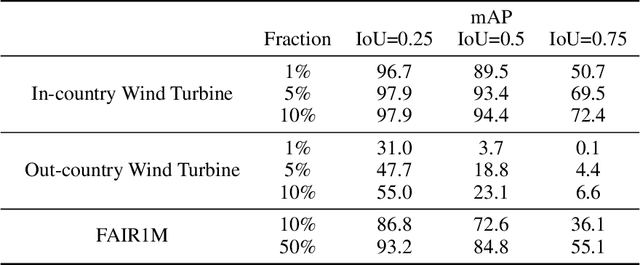

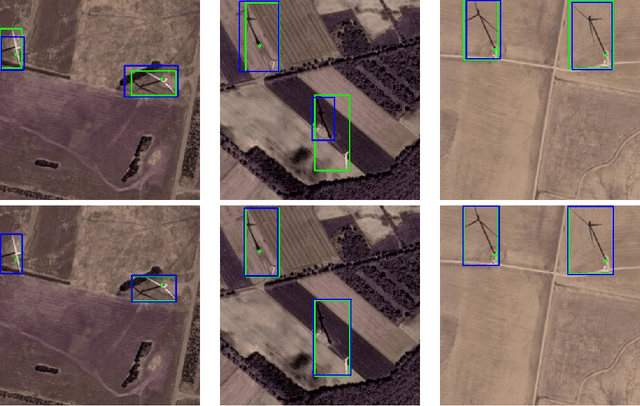
Abstract:Deep learning for detecting objects in remotely sensed imagery can enable new technologies for important applications including mitigating climate change. However, these models often require large datasets labeled with bounding box annotations which are expensive to curate, prohibiting the development of models for new tasks and geographies. To address this challenge, we develop weakly-semi-supervised object detection (WSSOD) models on remotely sensed imagery which can leverage a small amount of bounding boxes together with a large amount of point labels that are easy to acquire at scale in geospatial data. We train WSSOD models which use large amounts of point-labeled images with varying fractions of bounding box labeled images in FAIR1M and a wind turbine detection dataset, and demonstrate that they substantially outperform fully supervised models trained with the same amount of bounding box labeled images on both datasets. Furthermore, we find that the WSSOD models trained with 2-10x fewer bounding box labeled images can perform similarly to or outperform fully supervised models trained on the full set of bounding-box labeled images. We believe that the approach can be extended to other remote sensing tasks to reduce reliance on bounding box labels and increase development of models for impactful applications.
Measurement of 2x2 LoS MIMO Terahertz Channel
Oct 14, 2022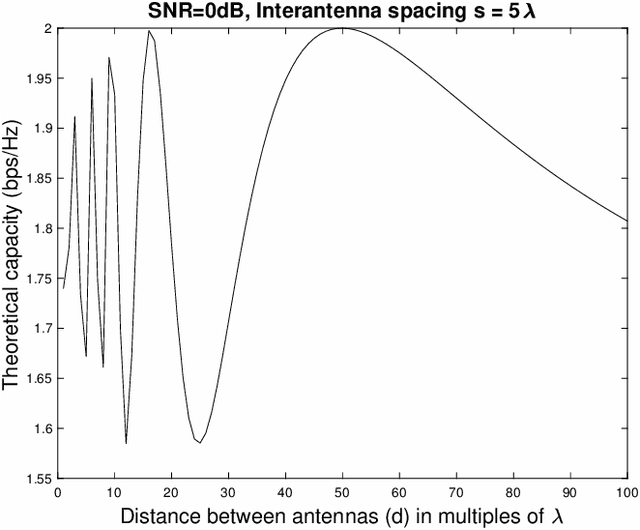
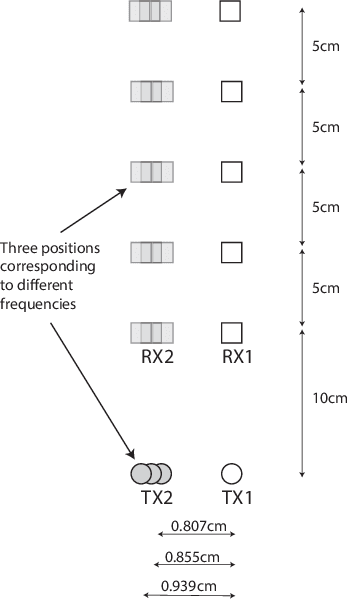
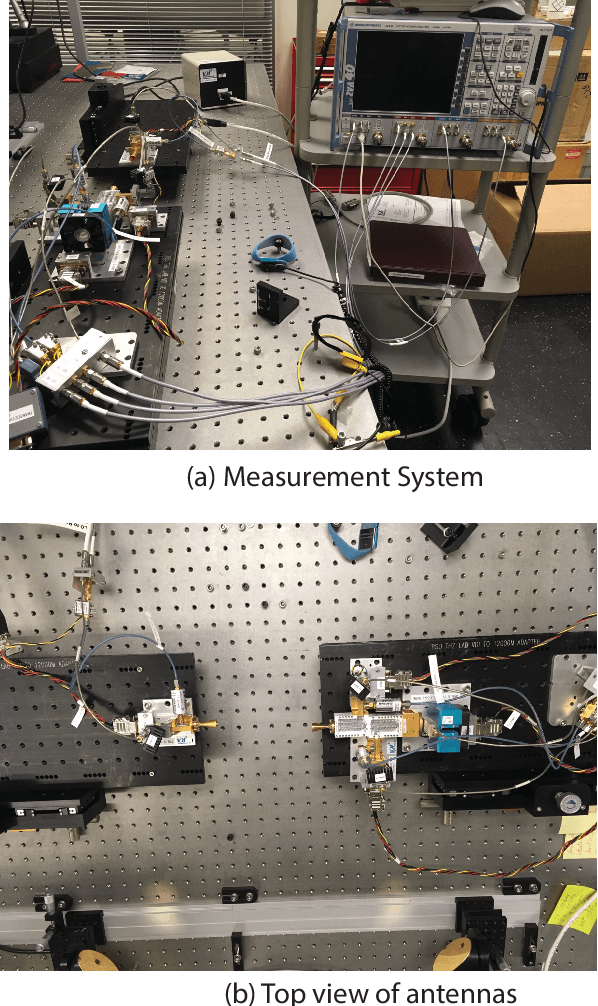
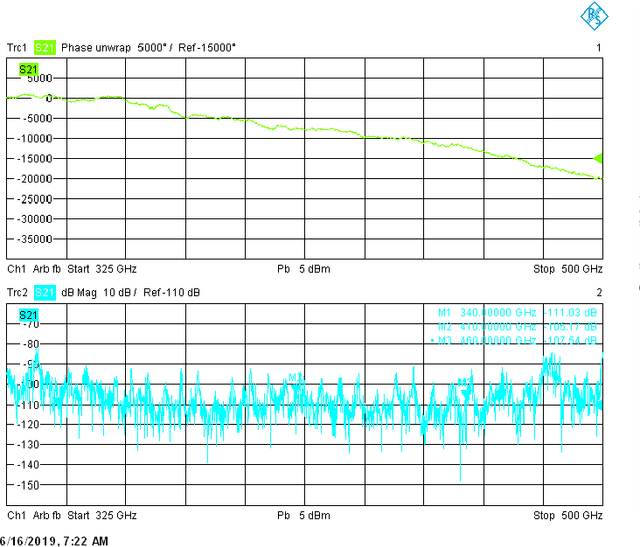
Abstract:This paper examines the performance of a 2x2 Line of Sight (LoS) Multiple Input Multiple Output (MIMO) channel at three terahertz frequencies-340 GHz, 410 Ghz, and 460 GHz. While theoretical models predict very high channel capacities, we observe lower capacity which is explained by asymmetric transmit-to-receive signal strengths as well as due to signal attenuation over longer distances. Overall, however, we note that at 460 Ghz, channel capacity of higher than 12 bps/hz is possible even at sub-optimal inter-antenna spacings (for different distances). An important observation is also that we need to maintain appropriate receive signal levels at receive antennas in order to improve capacity.
Reflection Channel Model for Terahertz Communications
Oct 13, 2022
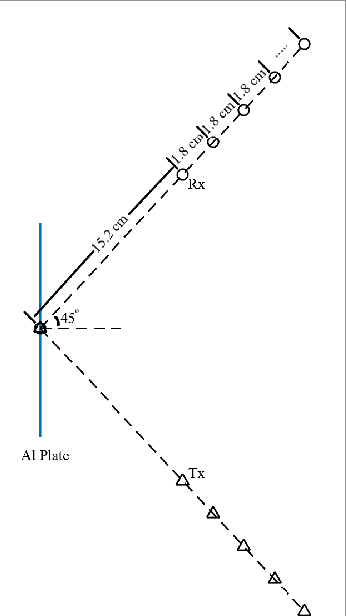
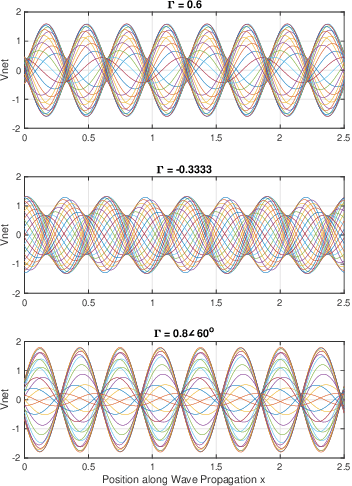
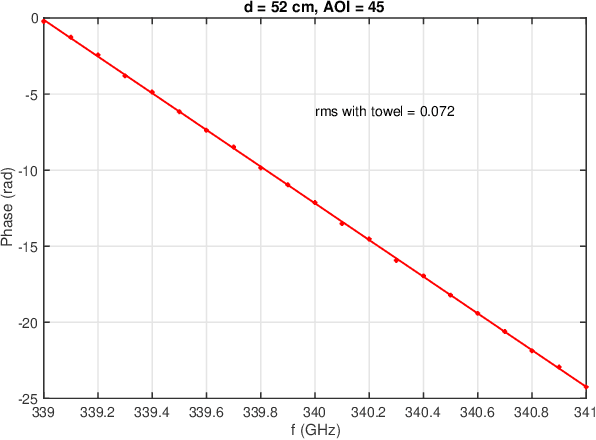
Abstract:Terahertz frequencies are an untapped resource for providing high-speed short-range communications. As a result, it is of interest to study the propagation characteristics of terahertz waves and to develop channel models. In previous work we used a measurement-based approach to develop an accurate channel model for line of sight (LoS) links. In this paper we extend that work by developing channel models for non-line of sight (NLoS) links where the signal suffers one reflection. We study reflections that occur off a metal plate as well as a piece of wood. Our model for received magnitude includes the effects of standing waves that develop between the transmitter and receiver. Measurements show an excellent agreement between empirical data and the model. In addition, we have analyzed the received phase of the reflected signal at frequencies in the range 320- 480 GHz. We observed a linear error between the predicted and actual phase and developed a model to accommodate that discrepancy. The final model we have developed for predicting received phase is very accurate for the entire range 320 - 480 GHz and for both materials.
Effect of Standing Wave on Terahertz Channel Model
Oct 13, 2022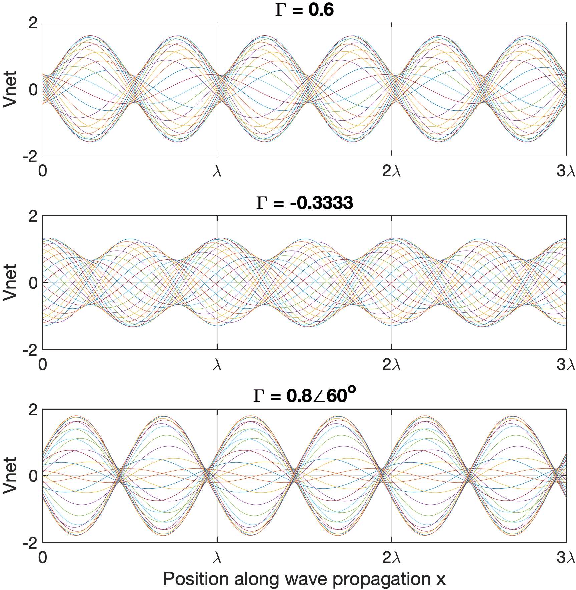
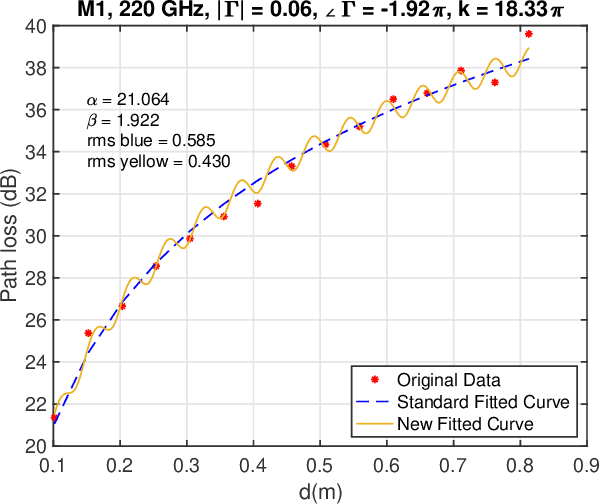
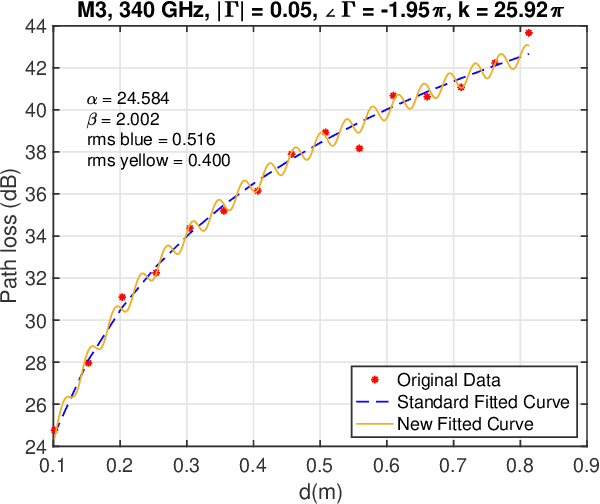
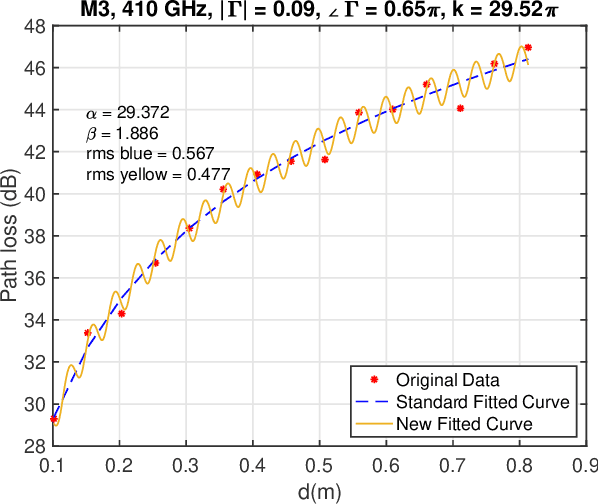
Abstract:There is a growing interest in exploiting the terahertz frequency band for future communication systems that demand high data rates. Given the complex propagation behavior of this frequency band, various researchers have developed channel models that can be utilized in the development of communication systems. These models however do not include a crucial aspect of terahertz propagation at short distances: the presence of standing waves. Our measurements show that at specific distances, the effect of standing waves is significant. In this paper, we extend previous terahertz channel models to include the effect of standing waves and show a good fit with our measurements. Our measurements and modeling cover the five most promising terahertz frequency bands: 140, 220, 340, 410, 460 GHz.
 Add to Chrome
Add to Chrome Add to Firefox
Add to Firefox Add to Edge
Add to Edge